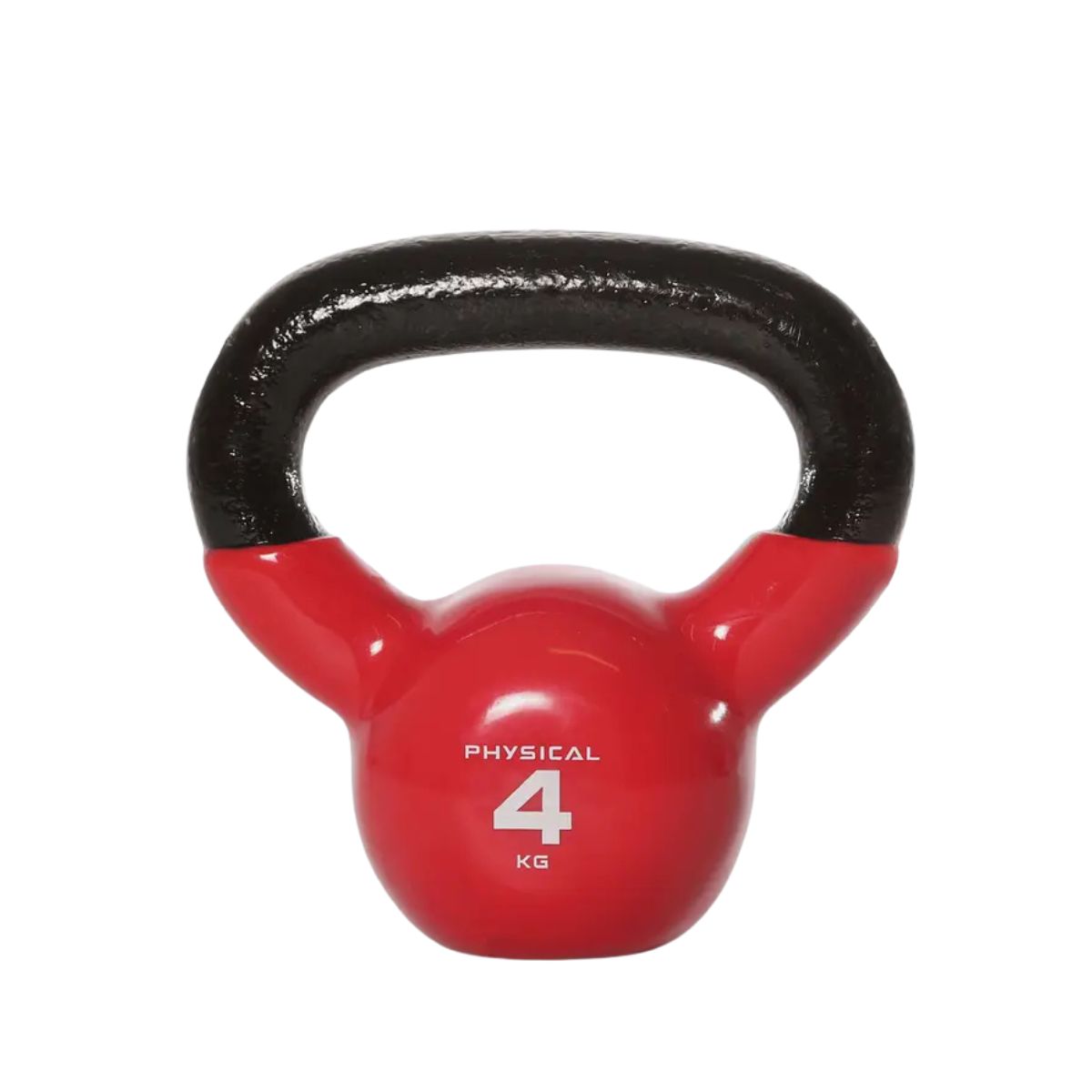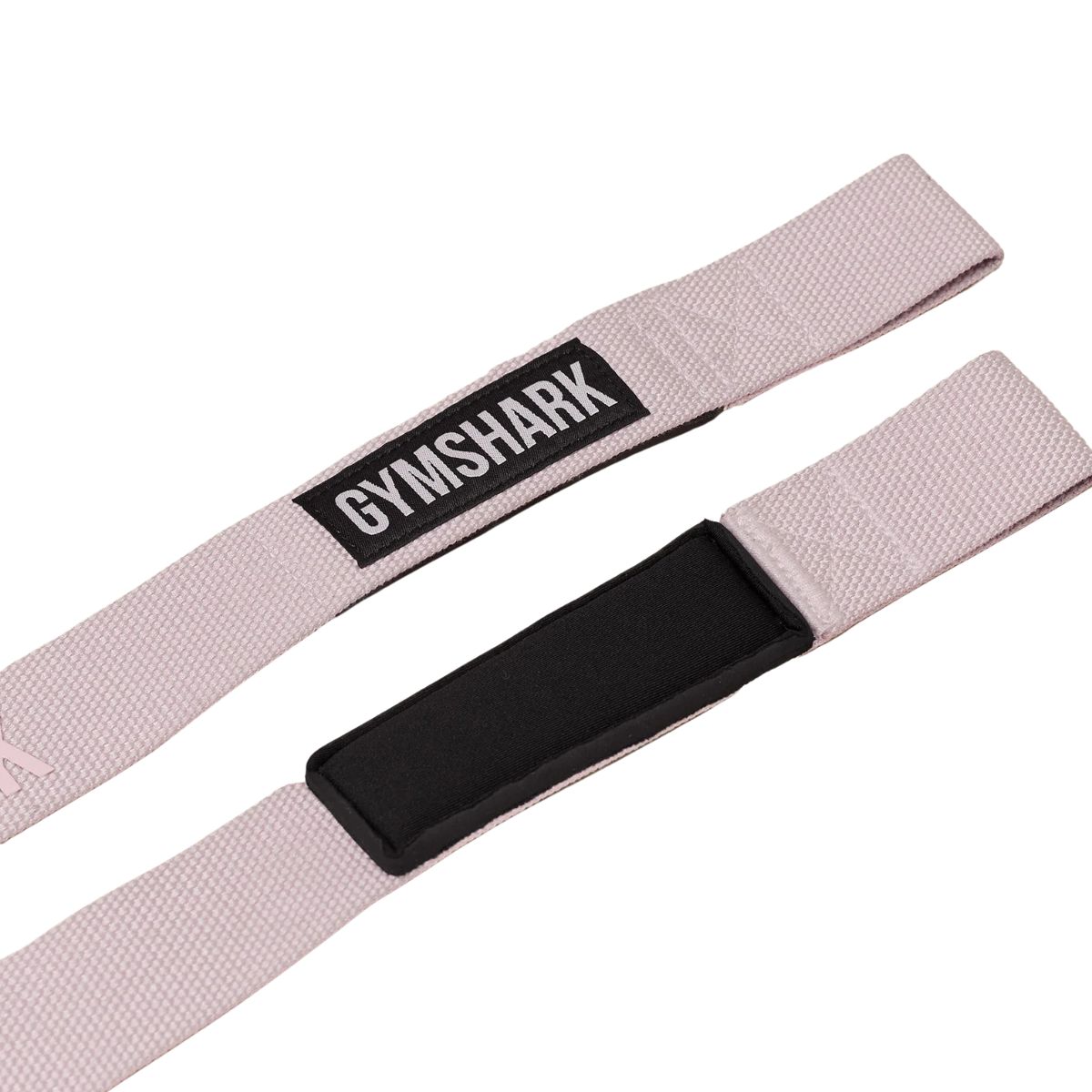New Research Suggests Shorter, Harder Workouts Build More Muscle - So Do They? Leading PTs Share Their Take
Less time for more gains? We asked the experts if the science stacks up.


Ten years ago, it was fairly uncommon to spot a woman in the weight area. Fast forward to now, and thankfully, the makeup of the gym floor is completely different. As conversations around women’s health have evolved, female strength training has stepped into the spotlight, not just for aesthetic purposes, but for the role it plays in supporting everything, from our bone density to our mood and our heart health. One study, published just last year, even found that regular resistance training could increase women’s life expectancy more than men’s, serving as an important reminder that we absolutely belong in strength training environments.
That said, knowing where to start with strength training can feel overwhelming. Between unfamiliar equipment, technical lingo and workouts that feel like they need a manual, it’s easy to count yourself out before you’ve even begun.
If that’s you, we have good news. New research, published in Sport Rxiv back in April, suggests you might not need to spend hours in the gym to see results. The study found that just two direct sets per session, and four to six sets overall per week, may be enough to build noticeable strength, as long as the load is challenging. The study also highlights an upper threshold for efficiency: around eleven fractional sets per workout. In real terms, that might look like five exercises, each performed for two sets per session.
If that was a lot to absorb, don’t worry. The study’s bottom line is that more volume doesn’t always equate to more strength, and two 45-minute sessions a week might be plenty for many of us.
And in the interests of demystifying fitness jargon, this might be a good moment to break down what we mean by direct and fractional sets. Put simply, a rep is one complete movement (like a single lunge), while a set is a group of reps done together without resting. Some exercises target a muscle directly (think: bicep curls), while others work it indirectly - your glutes during a plank, for example. The study divides these into direct and fractional sets to better capture the load your body is under during different exercises.
Still with us? Great. Because here’s the most important caveat: no two bodies will respond exactly the same, and this data shouldn’t be taken as gospel. Your personal progress will depend on everything from how you’re recovering to your hormones, to your sleep and stress levels. That’s why keeping a training diary can be such a powerful tool, especially when you’re starting out, as it helps you to keep track of your mood, energy, menstrual cycle changes and any signs of burnout or injury. And of course, if you have the means, working with a qualified coach is never a bad idea.
Finally, while the study shows exciting potential, it’s still a preprint, which means it hasn’t yet been evaluated by fellow experts working in the field. It’s why we turned to two top coaches to get their take on whether shorter, more intense workouts are really the smarter way to train, based on the evidence they see daily on the gym floor.
Celebrity news, beauty, fashion advice, and fascinating features, delivered straight to your inbox!
Intrigued? Keep scrolling. And if you’re looking for workout inspiration, we’ve got you covered. Just head to our expert-led guides to the best dumbbell workouts, kettlebell sessions and free weight exercises, to get started.
Do shorter, harder workouts build more muscle? A PT weighs in
Forgive us for stating the obvious, but one definitive benefit of shorter, more intense sessions is that they’re time-efficient. “Providing that the total volume isn’t compromised, a high-intensity resistance session can be squeezed into something as short as a 30-minute window,” says Tee Von Zitzewitz, Master Trainer at Barry’s UK, “making them ideal for those who only have a short timeframe to work out in.”
According to Lucie Cowan, Master Trainer at Third Space London, shorter, more intense efforts also provide a greater post-exercise stimulus, which means that the physiological effects of your workout, such as oxygen consumption and calorie burn, continue for longer after you’ve finished than they would in longer, less intense sessions.
“There’s also the motivational aspect,” Cowan adds. “The mental gratification that comes with completing powerful, hard sets often improves people’s motivation, incentivising them to come back and be consistent, which ultimately is essential for long-term strength gain.”
What are the benefits of longer, lower intensity workouts?
Von Zitzewitz is quick to recommend that all of us opt for “a balanced training week consisting of both high and low intensity sessions,” and reminds us that there are plenty of benefits to be found in longer, low-intensity workouts, too.
“Longer, lower intensity sessions are imperative for building a solid foundation of aerobic endurance,” she says, adding that she always recommends these to beginners because “the recovery is faster and there is less chance of injury. At the start of someone’s lifting journey, we want to focus on form and mind-to-muscle connection. Lower intensity, slower paced sessions allow for this, and mean that there is less stress to the central nervous system.”
For more experienced lifters, Cowan also adds that longer sessions may help to build muscle if someone isn’t able to reach enough total volume within a short timeframe. “Ultimately, overall workload is vital for building muscle,” she explains, “so the benefits of a shorter vs. longer session really depend on how the workout is structured.”
What does the current research suggest with regard to muscle build?
“Current research shows that both HIIT and high volume resistance training can effectively build muscle,” says Von Zitzewitz. “Each has a different approach and structure, but both modalities can increase muscle performance and improve body composition over time.”
When it comes to specific sets and reps, Von Zitzewitz and Cowan both recommend a minimum of 10 sets per muscle group, per week, with Von Zitzewitz recommending that these are split over two to three sessions. “Research shows that performing three sets per exercise produced greater hypertrophy (meaning an increase in the size of your muscle cells) than one set per exercise, even when the time of muscle engagement was equalised,” she explains.
When it comes to rest, Cowan points to research which generally recommends “60 to 90 seconds between sets for optimal hypertrophy”. While some studies have looked into the benefits of resting for longer between sets, the general consensus is that the additional benefits to muscle building were small.
So, what's the expert verdict? Are shorter or longer workouts more effective at building muscle?
When asked for their bottom line, both experts point out that personal preference, time constraints and specific goals will all play a part in what works best for you.
“For those focusing on muscle growth, moderate-intensity, high-volume resistance programmes, such as those including eight to twelve reps over multiple sets, are ideal,” says Cowan. “But for those with minimal time on their hands, shorter, intense sessions with heavy loads can work better and in some cases, people see results from just two to three hard sets weekly.”
“Time isn’t the main factor when trying to build muscle,” adds Von Zitzewitz. “What we’re really looking at is total volume, as that drives muscle load. While rest times are important to muscle growth, if someone can still achieve the same, or more, overall volume in a shorter session, there is no evidence to suggest that the shorter rest times will be a hindrance to progress.”
Ultimately, Von Zitzewitz says shorter workouts would only ever be less effective if someone wasn’t able to complete the required number of sets and reps, due to inadequate rest. “Any workout that is structured well, consistent in frequency and with enough volume and progressive overload will attain hypertrophy. It’s totally possible to see results in a twenty to thirty-minute workout, completed three to four times per week.”
Shop MC-UK Approved Weight Training Kit Now:

Popular among CrossFitters, the Nike Metcon 9s are great for both lifting and dynamic movements. With a removable insert in the heel to mimic the elevation of a dedicated weightlifting shoe and a flat, stable base, they are ideal for indoor training. Just keep in mind that, due to their ventilation, they aren't suitable for wearing outdoors.

Contrary to popular opinion, you don't need a gym membership to start strength training. Plenty of highly effective movements can be worked on at home with just a kettlebell or set of dumbbells. Pick out a lighter, mid-range and heavier weight, and you'll be able to cover off most exercises.
How long does it take to build muscle?
When starting out on any fitness journey, it can be tempting to look for a quick fix. But it’s important to remember that consistency and gradual progression over time are key to avoiding injury, maintaining enjoyment and seeing genuine physical changes to strength and body composition.
“For beginners, we often see changes to muscle growth within six to eight weeks,” says Lucie Cowan, Master Trainer at Third Space London. “However, if you’re more familiar with training, progress can actually be slower. Consistent training will often lead to visible growth and results in twelve to sixteen weeks.”
Cowan is quick to remind us, however, that muscle building is also influenced by factors outside of the gym. “It’s important to pay attention to your recovery and nutrition, as these also make a vital contribution to muscle growth and strength increases,” she explains.
If you’re unsure of how to properly balance training, nutrition and recovery, it’s always a good idea to work with an accredited coach or personal trainer, who can properly advise you on a safe and healthy programme for your body.

A former heptathlete, Ashleigh is a freelance journalist, specialising in women’s health, wellbeing and lifestyle, with words in Stylist, Cosmopolitan, Glamour and Marie Claire. She’s also the Co-Founder of Sunnie Runners, an inclusive London based run club.
